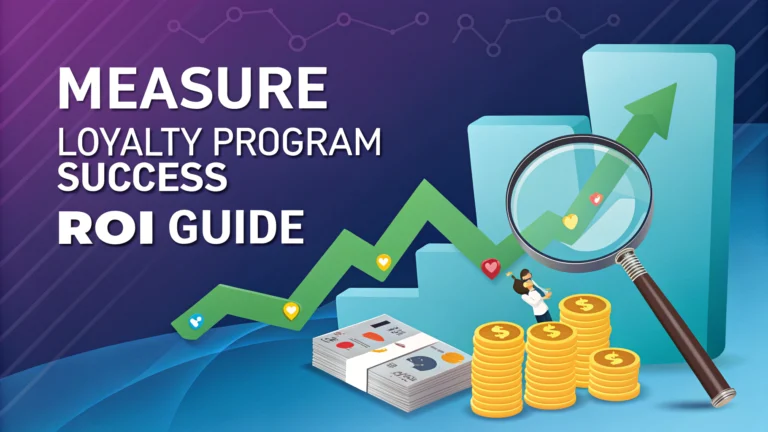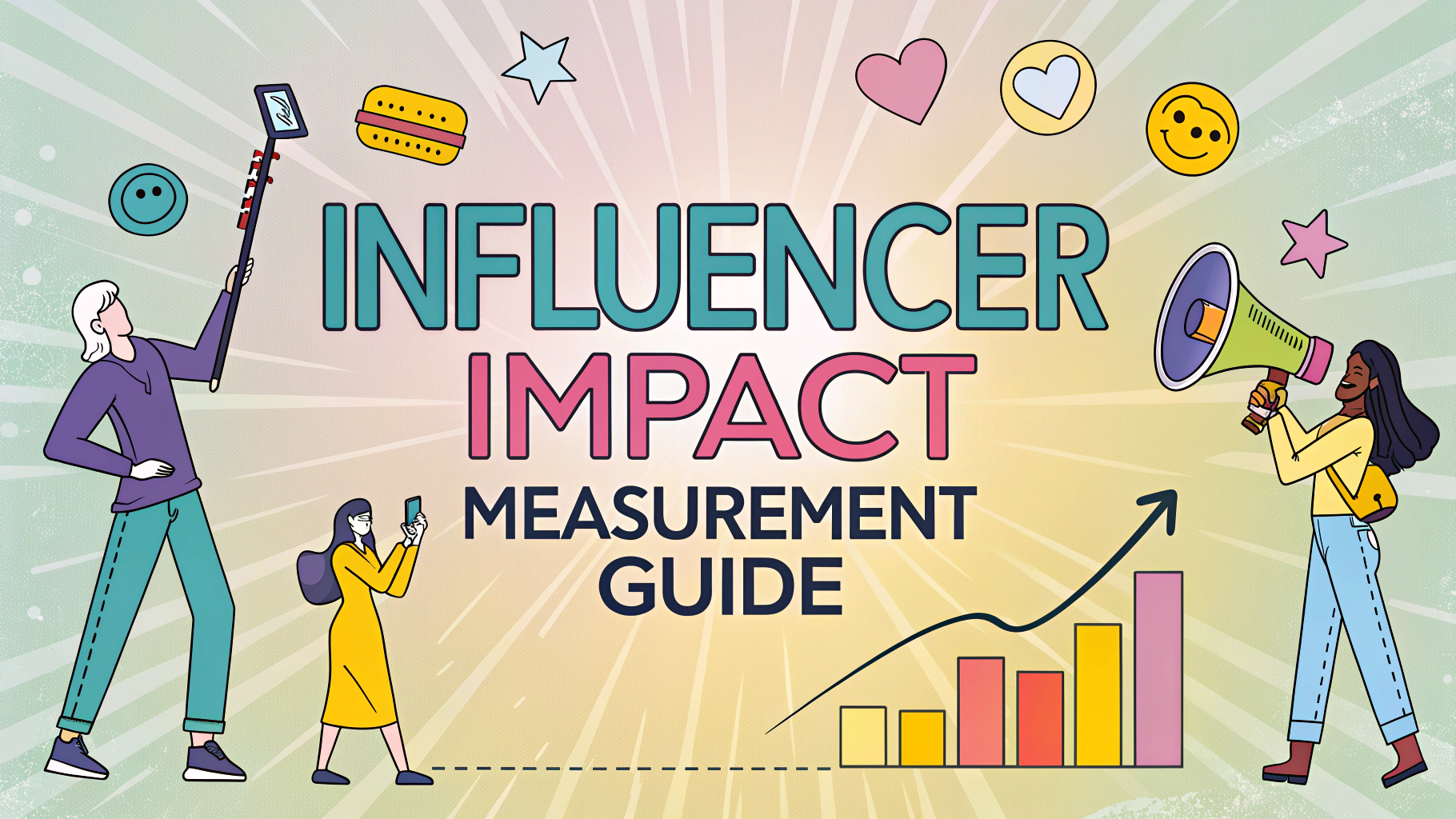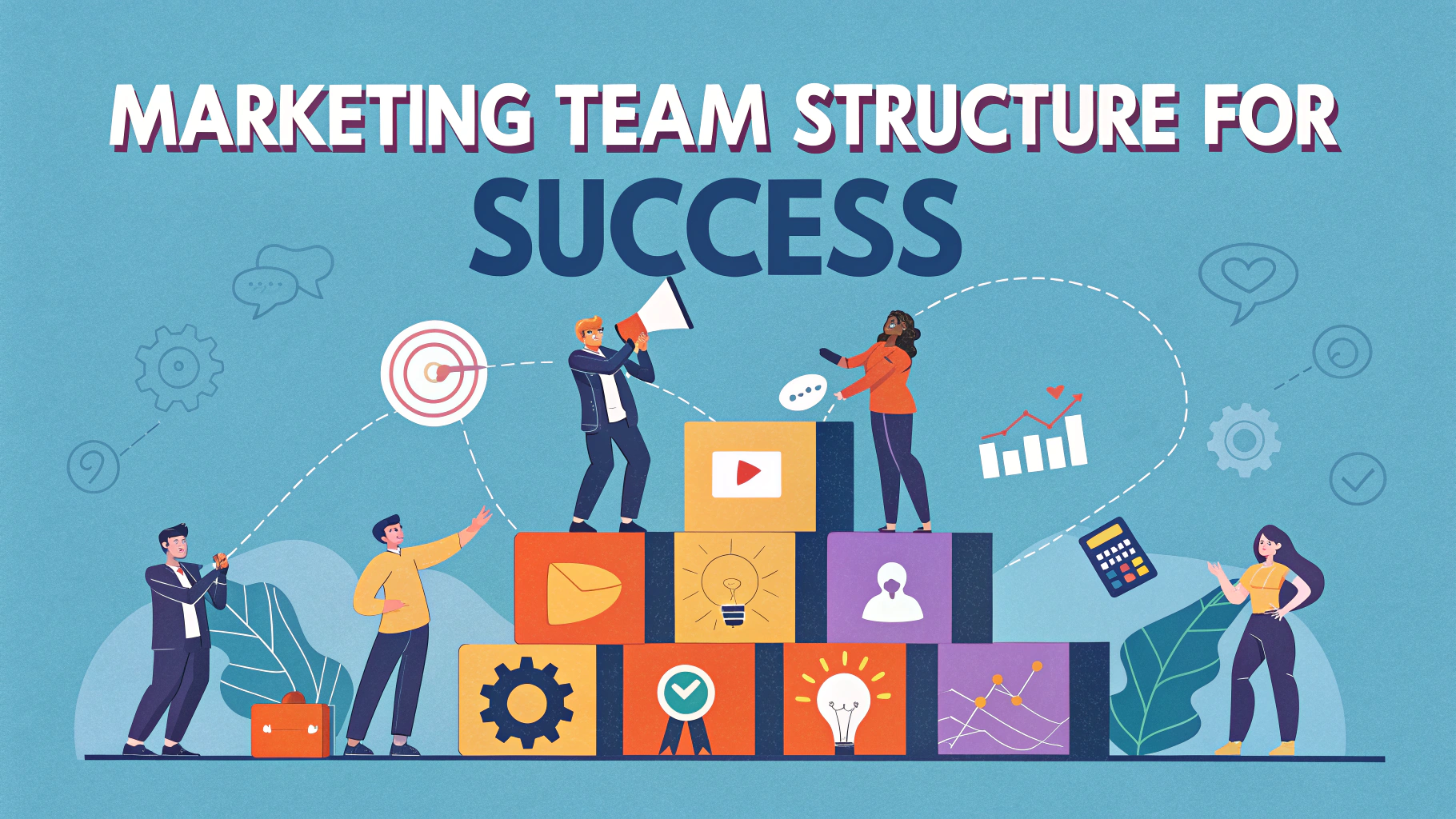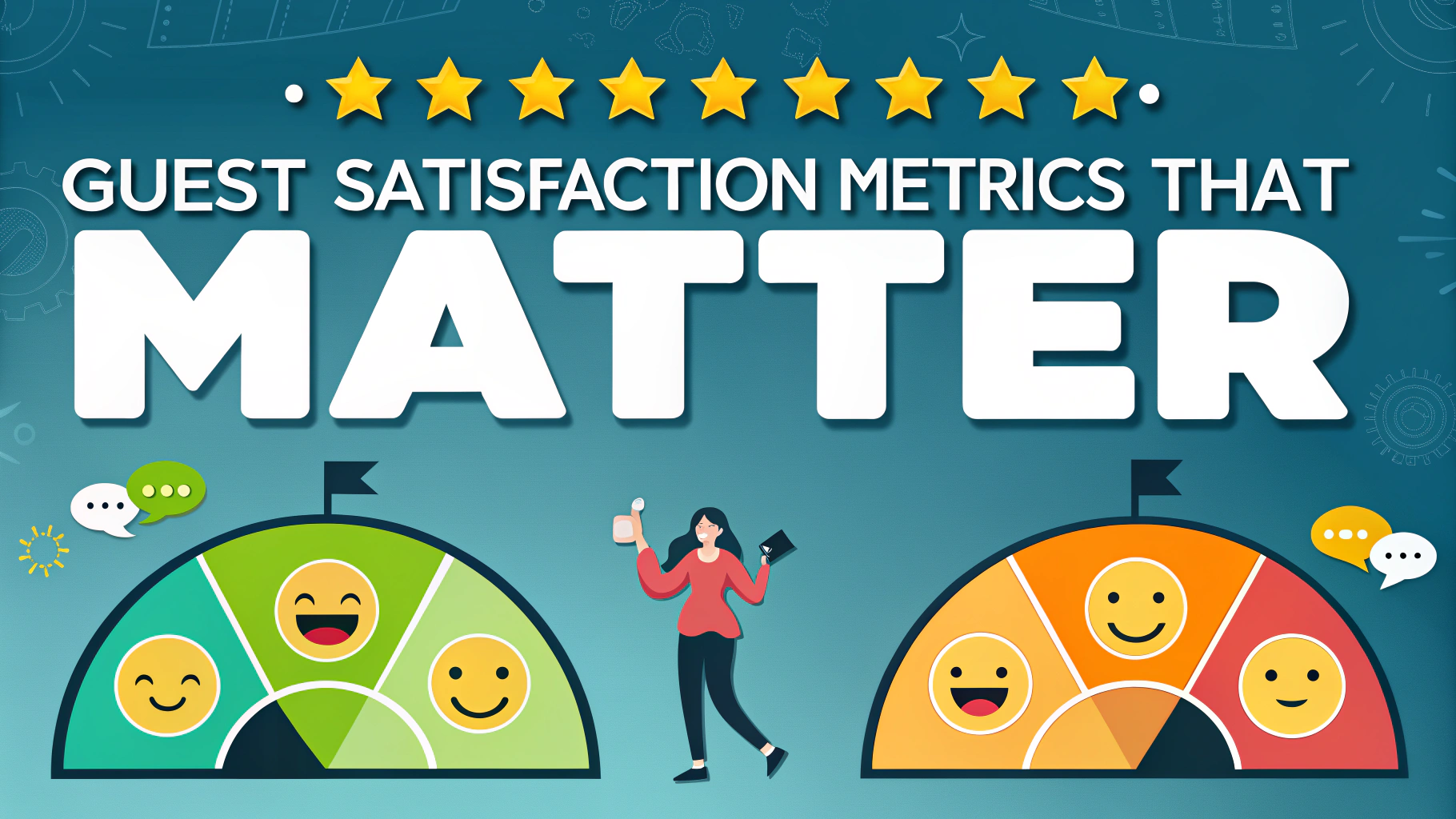Measuring loyalty program success goes beyond just tracking member sign-ups and points earned.
A data-driven approach to ROI calculation helps hotels optimize their rewards programs and maximize returns on investment.
This quick guide shows exactly how to measure and improve your hotel loyalty program performance using proven metrics and methods.
Key Metrics for Measuring Loyalty Program ROI
- Member enrollment rate
- Active member percentage
- Average spend per member
- Redemption rate
- Customer lifetime value (CLV)
- Program cost per member
- Revenue from program members vs non-members
Setting Up Tracking Systems
Implement a robust CRM system that integrates with your property management system to track member behavior and spending patterns.
Configure analytics tools to monitor key performance indicators (KPIs) across all loyalty program touchpoints.
Set up automated reporting to track reward redemptions, point accumulation, and member engagement metrics.
Calculate Program Costs
- Technology infrastructure and maintenance
- Reward fulfillment expenses
- Marketing and communication costs
- Staff training and program administration
- Member acquisition costs
Revenue Attribution Methods
| Method | Description |
|---|---|
| Direct Attribution | Revenue from bookings made using loyalty membership |
| Incremental Revenue | Additional spending by members vs non-members |
| Lifetime Value Impact | Long-term revenue increase from repeat visits |
ROI Calculation Formula
ROI = [(Revenue Generated by Program – Program Costs) / Program Costs] x 100
Improvement Strategies
- Segment members based on behavior and spending patterns
- Personalize rewards and communications
- Optimize reward structures based on redemption data
- Streamline enrollment process
- Enhance mobile app functionality
- Partner with complementary businesses
Common Measurement Mistakes to Avoid
- Focusing solely on enrollment numbers
- Ignoring inactive members
- Not tracking point liability
- Overlooking operational costs
- Missing cross-channel attribution
Tools and Resources
- Oracle Hospitality OPERA (PMS integration)
- Salesforce CRM (member tracking)
- Google Analytics 4 (digital engagement)
- Power BI (reporting dashboards)
- HubSpot (email marketing metrics)
Moving Forward with Your Program
Schedule quarterly program reviews to assess performance and make necessary adjustments.
Document successful strategies and areas for improvement to build a roadmap for program evolution.
Consider working with loyalty program consultants for expert guidance – contact firms like Loyalty.com or HospitalityNet for recommendations.
Implementation Timeline
- Month 1-2: Set up tracking systems and baseline metrics
- Month 3-4: Launch member segmentation and personalization
- Month 5-6: Optimize reward structures and redemption processes
- Month 7-8: Enhance digital touchpoints and mobile experience
- Month 9-12: Analyze results and refine strategies
Benchmarking Success
Industry Standards
- Average member enrollment rate: 15-20%
- Active member rate: 40-50%
- Redemption rate: 25-35%
- Program ROI: 15-25%
Risk Management
- Monitor point liability and financial exposure
- Regular security audits of member data
- Compliance checks for data protection regulations
- Fraud detection and prevention measures
- Regular terms and conditions updates
Future-Proofing Your Program
Technology Integration
- AI-powered personalization
- Blockchain for point tracking
- IoT integration for seamless experiences
- Predictive analytics for member behavior
Maximizing Long-Term Program Value
Regular assessment and optimization of your loyalty program ensures sustainable growth and member satisfaction. Keep focusing on data-driven decisions and member-centric improvements to maintain competitive advantage in the hospitality market.
Remember that successful loyalty programs evolve with changing customer needs and technological advances. Stay agile and responsive to market trends while maintaining focus on core metrics and ROI goals.
For additional resources and industry updates, join hospitality loyalty networks and attend relevant conferences to stay ahead of industry best practices.
FAQs
- How do you calculate ROI for a hotel loyalty program?
ROI for hotel loyalty programs is calculated by subtracting the total program costs from the revenue generated by loyalty members, divided by the program costs, multiplied by 100. The formula is: [(Revenue from Loyalty Members – Program Costs) / Program Costs] x 100. - What are the key metrics to track in a hotel loyalty program?
Key metrics include enrollment rate, active member percentage, redemption rate, average spend per member, member retention rate, program participation rate, and customer lifetime value (CLV). - How long does it typically take to see positive ROI from a hotel loyalty program?
Most hotels begin to see positive ROI within 12-18 months of program implementation, though this can vary based on program structure, investment level, and market conditions. - What is considered a good redemption rate for hotel loyalty points?
A healthy redemption rate typically falls between 25-35% annually, indicating members are actively engaging with the program without depleting point reserves too quickly. - How can hotels increase loyalty program engagement?
Hotels can increase engagement through personalized offers, tiered benefits, mobile app integration, experiential rewards, partnerships with local businesses, and regular communication about point earnings and redemption opportunities. - What percentage of revenue typically comes from loyalty program members?
Successful hotel loyalty programs generally generate 40-60% of total revenue from program members, with luxury brands often seeing higher percentages. - How do you measure member satisfaction in a hotel loyalty program?
Member satisfaction is measured through Net Promoter Score (NPS), customer satisfaction surveys, redemption rates, program participation levels, and retention rates. - What is the average cost to acquire a new loyalty program member?
The average cost to acquire a new loyalty program member ranges from $5 to $25, varying based on marketing channels, promotion costs, and program complexity. - How frequently should hotels communicate with loyalty program members?
Hotels should maintain communication frequency of 2-4 times per month, balancing between promotional offers, program updates, and personalized content. - What is the typical retention rate for hotel loyalty program members?
Successful hotel loyalty programs maintain annual retention rates between 60-80%, with luxury and upper-upscale properties typically achieving higher retention.







